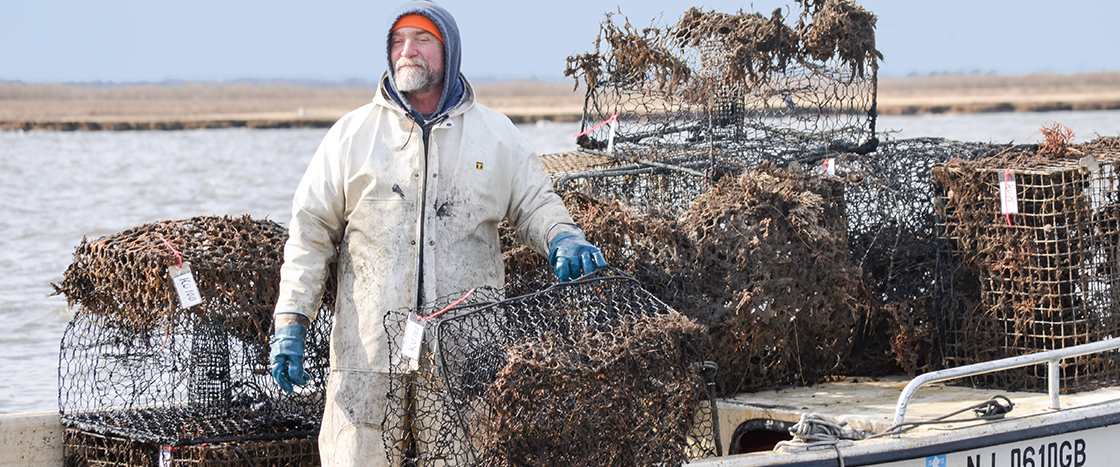Back in 2009, scientists and students from Stockton University in New Jersey set out by boat for the Mullica River. They were searching for shipwrecks at the bottom of the river, which flows into New Jersey’s Great Bay.
To scan the riverbed, the team used an instrument called sonar. Sonar sends out vibrations and measures how long they take to bounce off surfaces. The measurements let the team see the shape of nearby objects and their distance away.
Suddenly, a light flashed on the sonar screen. It wasn’t a ship—it was a collection of metal traps. People who fish for crabs, called crabbers, lay these along the seafloor. The traps catch crabs that the crabbers sell for people to eat. But sometimes, the traps don’t make it back to the surface.
Scientists and students set out by boat back in 2009. They were headed for the Mullica River. The group was from Stockton University in New Jersey. They were searching for shipwrecks on the bottom of the river. It flows into New Jersey’s Great Bay.
The team scanned the riverbed. They used a device called sonar. Sonar sends out sound waves that bounce off surfaces. The sonar measures how long it takes the sound waves to return. That lets the team see the shape and location of objects.
Suddenly, a light flashed on the sonar screen. It wasn’t a ship. It was a bunch of metal traps. People called crabbers fish for crabs. They lay traps along the seafloor to catch the animals. Crabbers sell the crabs for people to eat. But sometimes the traps don’t make it back to the surface.

